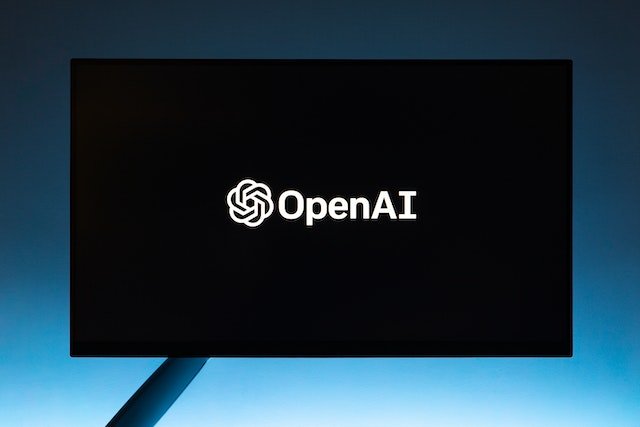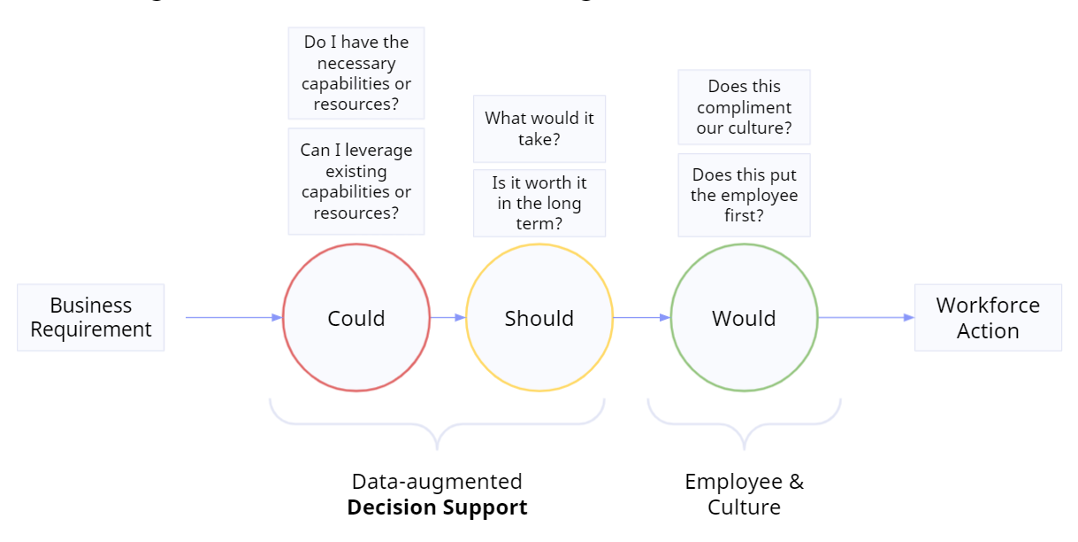Leveraging ChatGPT in HR Activities: How Automation Can Support HR Upskilling
From predictive text to voice recognition, artificial intelligence (AI) has been quietly helping us navigate the complexities of everyday life for years and has undeniably become a necessity in the modern age. In fact McKinsey research highlights that 58% of the businesses surveyed confirmed using AI for at least one function in the workplace.
And the world of HR is no exception to this trend. A data-driven approach to HR is on the rise, and AI is at its core. It is being used to help with important decision-making around hiring, employee performance tracking and management and HR upskilling. And with the emergence of ChatGPT, HR professionals now have access to a powerful new tool that can revolutionise HR activities in ways that weren’t possible before.
ChatGPT, developed by Elon Musk’s OpenAI, and built on the foundational model of GPT-3, is a natural language processing (NLP) tool that the population has widely adopted to help with content creation, language translation, and coding. It’s accessible to the wider public, and all you simply have to do is start a conversation and it responds with all the relevant information you need.
How To Leverage ChatGPT In The Automation Of HR Activities
While there are plenty of HR automation tools on the market ChatGPT offers a free and easy way for HR departments to automate certain tasks. Our marketing and IT colleagues have taken full advantage of the automation potential of ChatGPT. However, HR professionals are only just starting to jump on the bandwagon. But the impact it can have on HR activities can be immense.
Here are some of the ways HR can benefit from ChatGPT:
Human Resource Management: Answering Employee Queries
Think about the amount of time that is spent on answering employee queries. The frustration of employees who are left waiting hours, sometimes even days, for HR to respond.
With ChatGPT, the HR department can now set up automated HR chatbots to respond to employee queries instantly and accurately. It’s a win-win. Valuable time is saved to focus on more strategic tasks, and the employee experience is improved by having their queries answered quickly and accurately.
Creating HR Documentation
From HR policies to employee handbooks, HR teams can use ChatGPT to quickly produce first-draft HR documentation that is tailored to the organisation and its HR goals.
But while this tool will create impressive content, the AI-generated HR documentation should still be thoroughly reviewed and double-checked to ensure it complies with national laws and regulations.
Employee Onboarding: Deliver Training Content
Over the years, we have seen AI have a significant impact on the learning and development function, with many human resource teams leveraging the use of e-learning and virtual reality training experiences to deliver their training content.
Now, HR professionals can use ChatGPT to take this a step further by automatically creating course material, quizzes and assignment briefs.
Simply telling ChatGPT what topics you want to cover will create the initial draft content in a fraction of the time it would take manually. And as the natural language processing tool refers to previous questions and answers with the chat, it can factor in the whole conversation, allowing for modifications and creating content tailored for the specific audience.
Of course, you may still have to make revisions. And it is advised that you review the content before delivering it - but the time savings are immense.
Also, if you integrate with Microsoft Teams Pro, this revolutionary AI tool can also help take the burden of the administrative task of scheduling training sessions and reminding employees of upcoming workshops.
Source: (Unleash)
Fast-track Recruitment Processes
HR and recruitment teams can now bypass the tedious process of creating new job descriptions, and fast-track their recruitment processes, by asking ChatGPT to help them write job descriptions that are tailored to the organisation’s needs.
But it doesn’t stop there. HR professionals can leverage ChatGPT’s natural language processing capabilities to create tailored candidate assessments. It has also been proven successful in benchmarking the candidates’ answers against the criteria to help with the selection process.
Limitations of Using ChatGPT in HR
It’s clear that HR has a powerful new tool in its arsenal with ChatGPT - allowing them to automate HR activities, reduce time spent on administrative tasks and enhance the overall employee experience.
But, it is still essential to be aware of the potential biases that can arise when using AI for HR activities. Research from CIPD found that HR Leaders’ lack of trust in AI in shortlisting candidates was one of the biggest obstacles to HR automation. One of these reasons was largely because they were worried AI could lead to discriminatory and biased decision-making.
And they’re not wrong to be concerned. As Tomas Chamorro-Premuzic highlights on the Digital HR Leaders podcast, AI, and ChatGPT in particular,
“...can be biased, because the data that it utilises is human opinion and information”.
He continues to add that this is
“...not necessarily because we’re using humans... but because we’re training AI to de-bias very subjective human instances and interactions.”
Therefore, it is crucial for HR to set the correct parameters and use a combination of AI and human judgement to ensure decisions are fair and unbiased.
Upskilling HR In People Analytics Skills
Regarding people analytics, AI can help human resource professionals quickly analyse HR data and draw insights that would have otherwise been difficult to spot. And now, with ChatGPT, HR professionals can use the tool to enhance HR’s analytical skills in people analytics and data literacy and help create a data-driven HR function.
It holds the analytical skills to review large HR-related datasets and even gives you the python code used to generate the results. Though, as you cannot (yet) upload an excel sheet on the platform, the amount of data you can input at one given time is quite limited to the chat box character word limit. It also doesn’t create graphs, charts, and other visuals, which is why HR professionals still need to excel in areas like data storytelling.
However, it can help in upskilling HR into data literacy to support them on their people analytics journey. Here are just a few ways that ChatGPT can be utilised to enhance the data literacy and analytical skills required to create a data-driven HR function:
Creates code to draw insights from large HR-related datasets
Helps interpret people analytics results
Advises on the best visuals to use and how to construct them
Suggests which information should be included in reports to appeal to various stakeholders
Recommends HR KPIs and metrics to test a specific question (e.g. “What data should I be analysing to review employee performance?”)
Automation And The Future Of HR Upskilling
The HR profession is witnessing a sharp transformation towards automation, and ChatGPT is at the forefront of this shift. It offers various benefits, from automating routine HR tasks and evaluating candidate applications to upskilling HR professionals’ analytical skills and data literacy.
It is essential to use this natural language processing tool responsibly and ensure that decisions are free from bias. But with AI technology and human judgement, ChatGPT can be a powerful tool for HR Leaders wanting to create a more data-driven HR function.
If you would like to learn more about how you can implement AI into your HR function, enrol on our short course on ‘An Introduction to AI in HR’. Taught by industry leaders in people analytics, this course will give you the insights you need to start your HR automation journey.
Sign up now and unlock the power of AI in HR!
Learn the impact of AI, how it has evolved and how it is effecting HR, with the myHRfuture Academy!
There is a lot of hype surrounding AI in HR and its impact on work, but Artificial Intelligence, automation, augmentation, and the Future of Work are much more than just buzzwords. We need to interpret the real opportunities that new technologies can offer HR in how it can improve its own function and the organisation that it supports. In this course, you will learn the following:
What is AI and what are the related fields of AI?
How AI is affecting society, business and the modern workplace
What are the main ways that AI is disrupting HR tech?
How can HR benefit from implementing AI and other new technologies?
What is the Future of Work and how should HR be preparing for a shift in mindset?
What do HR professionals need to do to prepare to implement AI solutions in HR?
The objective of this course is to provide you with a solid foundation of what AI is and what the impact of AI on business, society and HR profession is.







